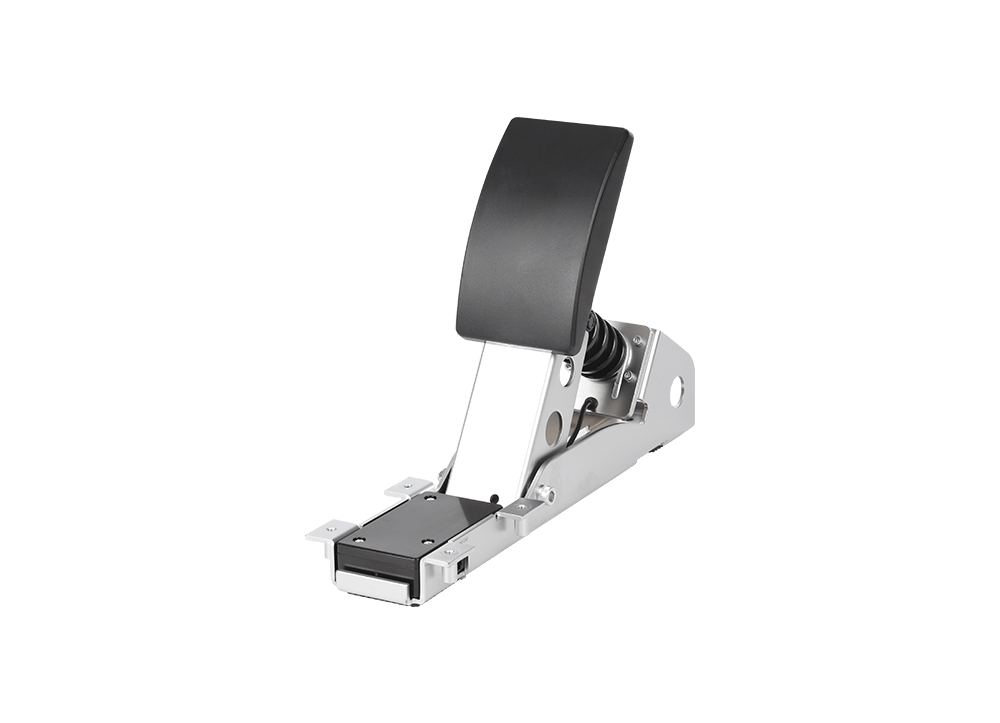Time:2022-11-18 Preview:
(1) Transmission speed
The transmission speed of the switch refers to the data exchange speed of the switch port, which is commonly 10Mbps, 100Mbps, 1000Mbps, etc. In addition, there are 10GMbps switches, but they are seldom used.

(2) Number of ports
The number of ports of the switch equipment is the most intuitive parameter indicator of the switch. Typically, this parameter is used for fixed port switches. Common fixed port switch port numbers include 8, 12, 16, 24, and 48.
(3) Packet forwarding rate
Packet forwarding rate is the number of packets forwarded per second by the human-computer interface and the port throughput. The unit of packet forwarding rate is pps (packets per second). The packet forwarding rate flag depends on the switch's ability to forward packets. Packet forwarding rates range from tens of kpps to hundreds of MppS.
(4) Backplane broadband
The backplane bandwidth of general switches ranges from a few Gbps to hundreds of Gbps. The higher the backplane bandwidth of the switch, the stronger the ability to process data, and the higher the design cost.
(5) Number of modular slots
Module slot number refers to the maximum number of modules that can be installed in a module switch. In the modular switch, different numbers of spare slots are reserved for users to facilitate users to expand various interfaces. The more slots you reserve, the more space you can expand. The number of slots in the switch should not be less than 2.
(6) Delay
Switch latency refers to the time interval between the time the switch receives a packet and the time it starts copying the packet to the target port. There are many factors that affect the delay size, such as forwarding technology.
 Related News
Related News·Pay attention to the four main points of using the horizontal processing center? ·Basic Principles of Hardware Die Casting Process ·Solve the way to solve the defect of zinc alloy pressure casting ·What are the specific classifications of the carving machine according to the system application? ·Features and operating procedures of CNC ·CNC processing core is good or graphite machine is good ·How to reduce the welding method of CNC processing parts? ·CNC CNC processing advantages ·What are the aspects of the determination of the workpiece and folder? ·The main points of the operation of the CNC Machining Center


